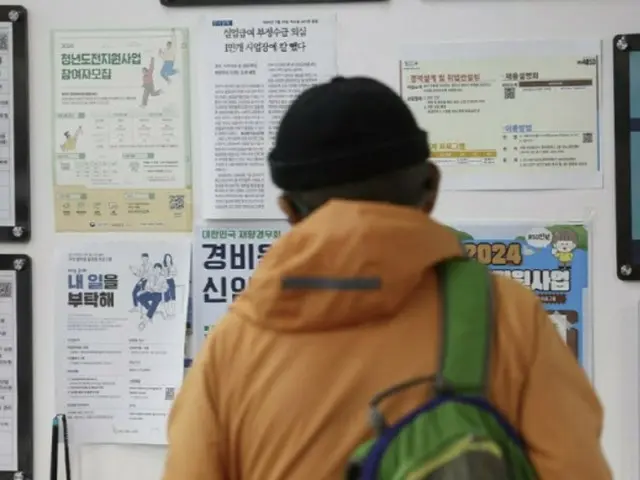On the 1st, the Bank of Korea submitted a document titled "Korea and G7 Gross Domestic Product (GDP) for 2001-2025" to Yang Bo-nam, a member of the National Assembly's Administrative and Security Committee.
According to the "Current Status of the GDP Gap," the Organization for Economic Cooperation and Development (OECD) announced in May this year that South Korea's GDP gap (real GDP - potential GDP) will continue to decline from 2020 to 2025.
Potential GDP is the maximum production level or economic scale that a country can achieve without inducing price increases by mobilizing all production factors, including labor, capital, and resources.
A negative P gap means that the actual level of production (real GDP) in that year fell short of potential GDP.
South Korea's annual GDP gap rate: △2020 -2.5% △2021 -0.6% △2022
-0.3% in 2023, -1.0% in 2024, -0.4% in 2025, and -0.3% in 2026.
Experts believe that the ideal situation is one in which real GDP and potential GDP are unstable in response to economic fluctuations, and the positive or negative GDP gap rate is kept low.
An excessively positive figure reflects concerns about an overheated economy and inflation (rising prices), while a large negative figure is associated with a sluggish economy and high unemployment.
This means that the economy is not being fully utilized. The reality is that in a country like Korea, where potential GDP is larger than real GDP, it is difficult to turn the negative GDP gap into a positive one.
"We need to look into the issue of over- or under-estimation in the estimation process," said Cho Young-moo, a research fellow at the LG Business Research Institute.
However, the negative GDP gap for six consecutive years is a very bad signal. It feels like we are running much slower than we can manage, he said. "However, the government is using up fiscal resources to reduce the potential GDP and the gap.
Moreover, if the Bank of Korea were to suddenly lower interest rates, there would be concerns about side effects such as fiscal deficits and rising prices, so it would not be an easy policy response."
In its submission, the Bank of Korea itself estimated the potential growth rate range to be "around 2%" for 2021-2022.
The Bank of Korea's estimates were 5.0-5.2% from 2001 to 2005, 4.1-4.2% from 2006 to 2010, 3.1-3.2% from 2011 to 2015, and 4.2% from 2016 to 2017.
It will fall sharply to 2.5-2.7% in 2020. The estimates for 2019-2020 (around 2.2%) and 2021-2022 (around 2%) are likely to be due to less volatility caused by the COVID-19 virus.
The government plans to reassess the rate at the time of the analysis, and it is expected that a new estimated potential growth rate will be released this month.
However, in its revised economic outlook on the 28th, the Bank of Korea lowered its growth rate forecasts for next year and the year after to the single digits, causing confusion in its economic analysis.
2024/12/01 13:50 KST
Copyrights(C) Edaily wowkorea.jp 91

